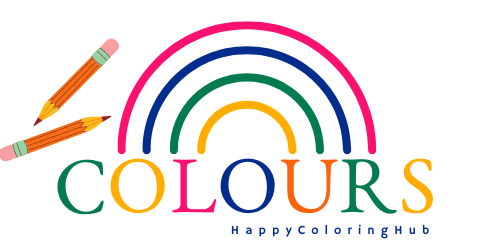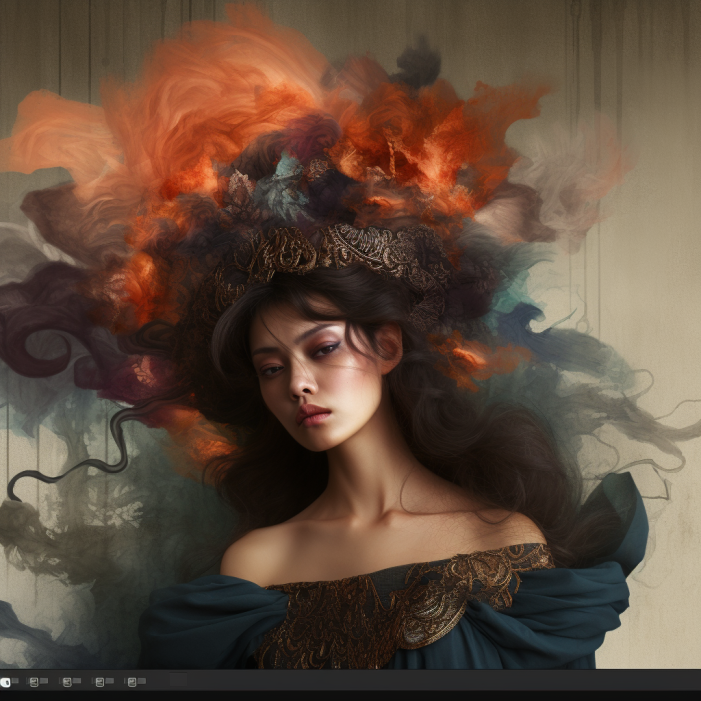
Basic Shading
The violet circle shows shading with one color from dark to light with no blending, just the pressure placed on the pencil to create the values. This is the best technique to learn shading with the pencil only, rather than always depending on a blender. Always start with a light pressure and gradually add more pressure for darker colors.
The shading follows the contours of the circle in small back-and-forth strokes. The orange circle shows shading with multiple colors: maroon, red, orange, and yellow. Using multiple colors makes the piece richer and more interesting, and the different colors help to determine light-to-dark values.

Color Layering
You can achieve beautiful colored shading by layering fields of different colors. The purple circle has been shaded with a layer of dark blue and light purple to create the color. The effects of color layering are shown dramatically on the colored leaf. The left half of the leaf was colored yellow, blue, red, and purple to create an interesting shaded green. The right half of the leaf was colored with only green. Don’t be afraid to use multiple layers of lightly applied colors to create a many-hued drawing.

Solvent
You can move color around with a solvent to blend it. Gamsol is an odorless solvent that actually dissolves the wax to blend the colors. First layer and blend the colors with the colored pencil. Dip a tortillon into the solvent. I like to pour the solvent out into a small, low container so I don’t knock over the bottle as I work. Use hard pressure and the side of the blending stump to softly move the colors together. The color will lighten up a bit as the solvent evaporates, so don’t evaluate
your piece too soon—wait a bit to see the final results. The green circle shows how the solvent fills the tiny white spaces of the paper, which results in a somewhat blotchy effect on a solid-colored piece. I like to use solvent to give the drawing a soft blended glow, as shown with the dandelion.

Colorless Blender
This sample shows blending done with a colorless dual brush marker, or colorless blender. It creates an even blend that dries quickly. When it’s dry, you can go back into the drawing to add more color.

Burnishing
Burnishing is a traditional blending technique favored by colored pencil artists. It uses a very light-colored pencil all over the shading to soften and blend the colors.

Sand Eraser
A sand eraser will also work to go over the coloring to lighten highlights and blend the colors. Start with very light pressure, and go back and forth between adding color and using the eraser to achieve a nice blend.

Colored Chalk
Chalk adheres nicely to the colored wax surface of the pencils. Use a cotton swab (one for each different color group) to overlay a soft blending color. You can use the same color, or play with layering different chalk colors on top. Chalks tend to be messy and harder to work with in detailed areas. Like the solvent, use chalk to add a nice softness to a drawing.

Dual Brush Marker
You can also use a dual brush marker in a very light hue to add a blending layer to your color. Here, a very pale blue was added to dark blue pencil. This tends to really brighten and add vibrancy to the finished drawing. You can use the same color, or play with layering different colors on top.

